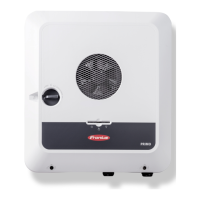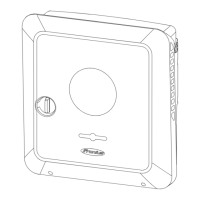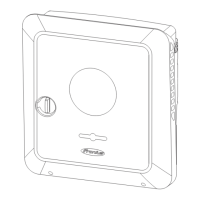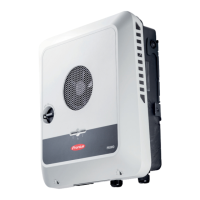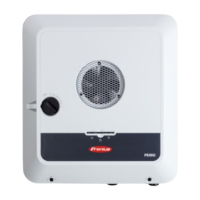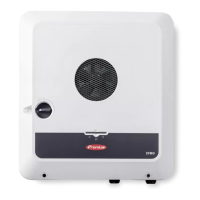-
Devices with electric motors (e.g. lifting platform, circular saws, planing
bench)
-
Devices with large transmission ratio and flywheel mass
-
Devices with compressors (e.g. compressed air compressors, air conditioning
systems)
IMPORTANT!
Very high starting currents can cause short-term distortion or a drop in output
voltage. The simultaneous operation of electronic devices in the same backup
power supply system should be avoided.
IMPORTANT!
The inverter may only be operated within the limits of its technical capabilities.
Operation outside of its technical capabilities can cause the inverter to shut
down.
Data protection The user is responsible for the safekeeping of any changes made to the factory
settings. The manufacturer accepts no liability for any deleted personal settings.
Copyright Copyright of these operating instructions remains with the manufacturer.
The text and illustrations are all technically correct at the time of printing. We
reserve the right to make changes. The contents of the operating instructions
shall not provide the basis for any claims whatsoever on the part of the pur-
chaser. If you have any suggestions for improvement, or can point out any mis-
takes that you have found in the instructions, we will be most grateful for your
comments.
Protective
earthing (PE)
Connection of a point in the device, system or installation to earth to protect
against electric shock in the event of a fault. When installing a safety class 1 in-
verter (see Technical data), the ground conductor connection is required.
When connecting the ground conductor, ensure that it is secured against acci-
dental disconnection. All the points listed in Connecting the inverter to the pub-
lic grid (AC side) on page 71 must be observed. When using cable glands, en-
sure that the ground conductor will be strained last in the event of failure of the
cable gland. When connecting the ground conductor, the minimum cross-section
requirements specified by the respective national standards and guidelines must
be observed.
12

